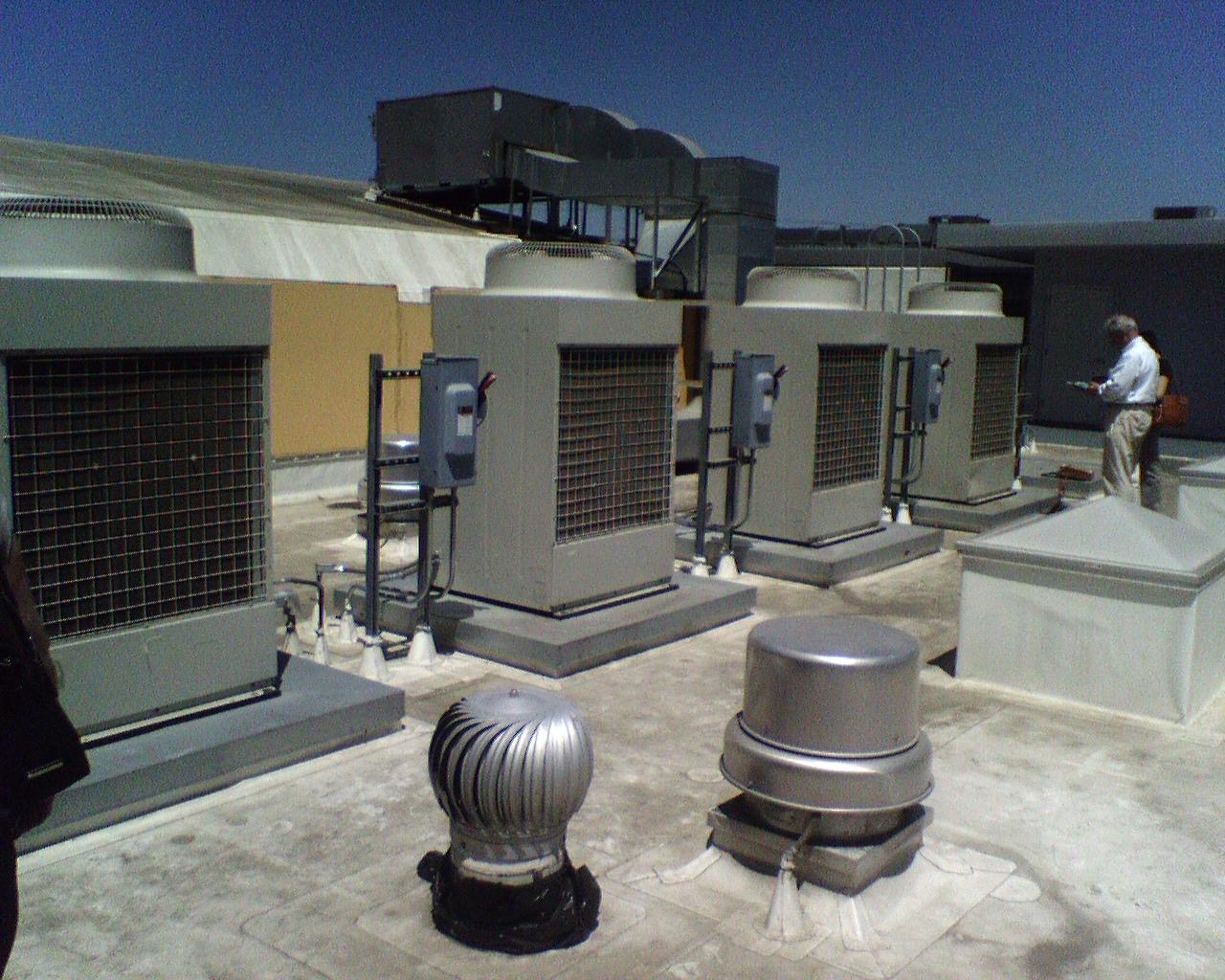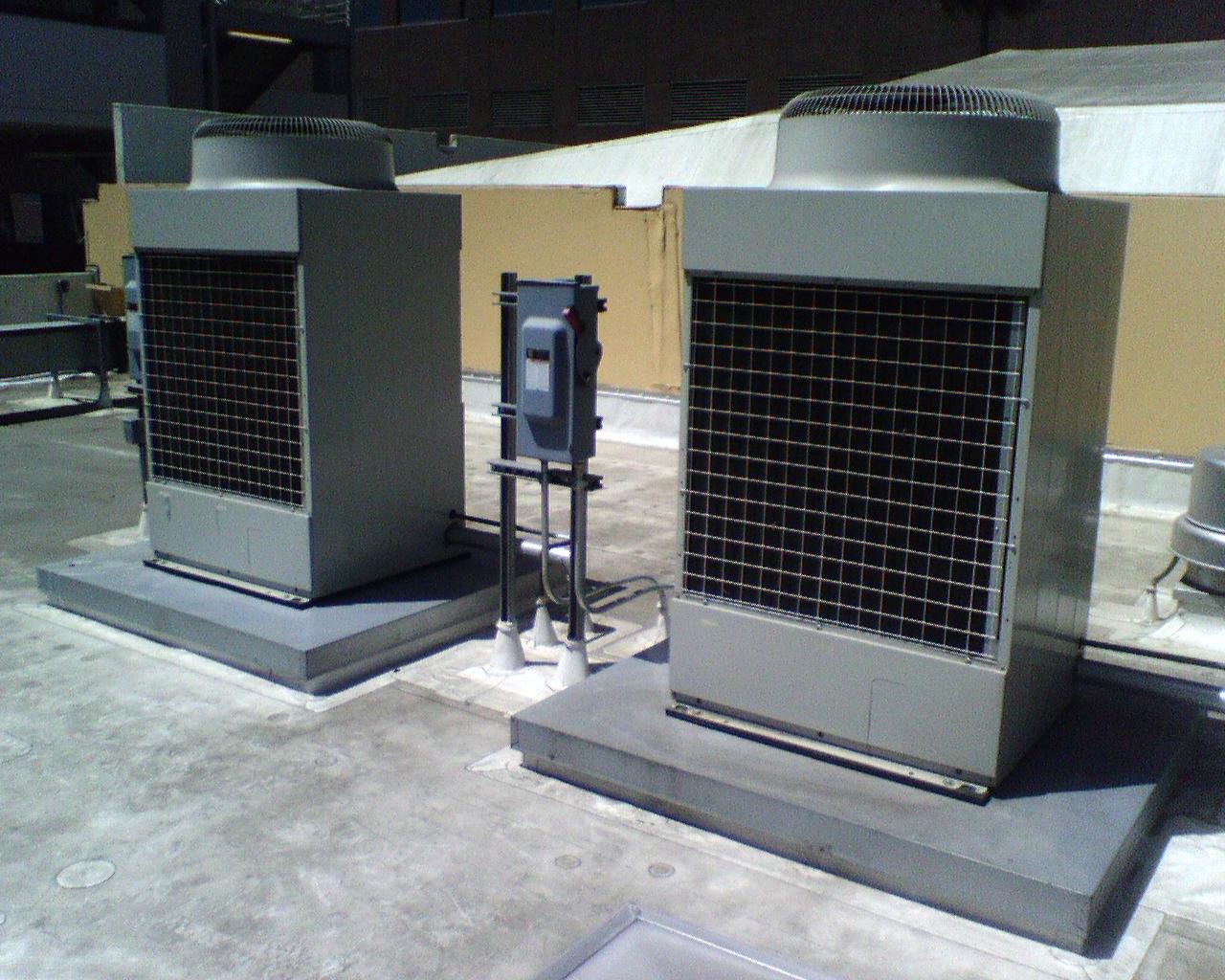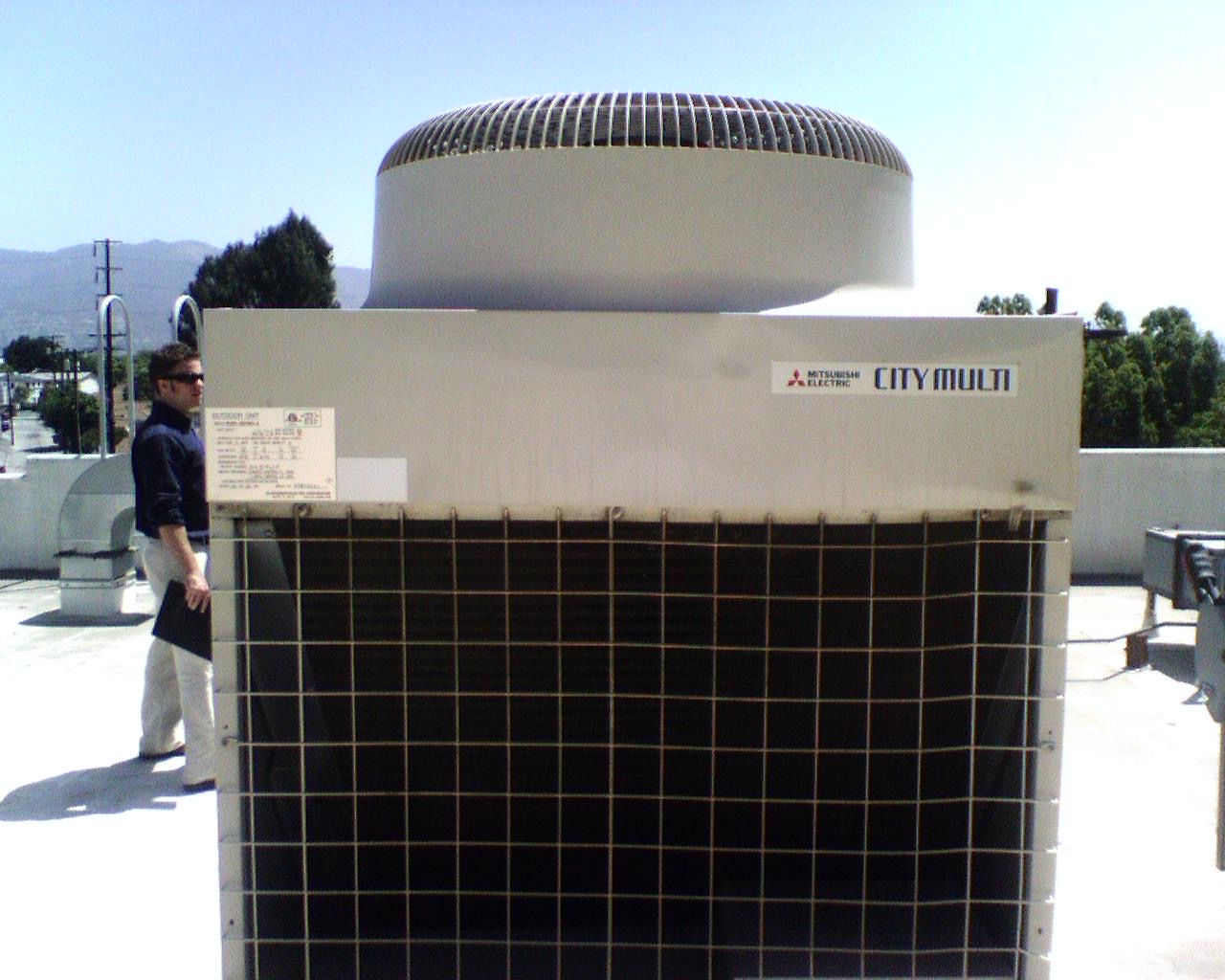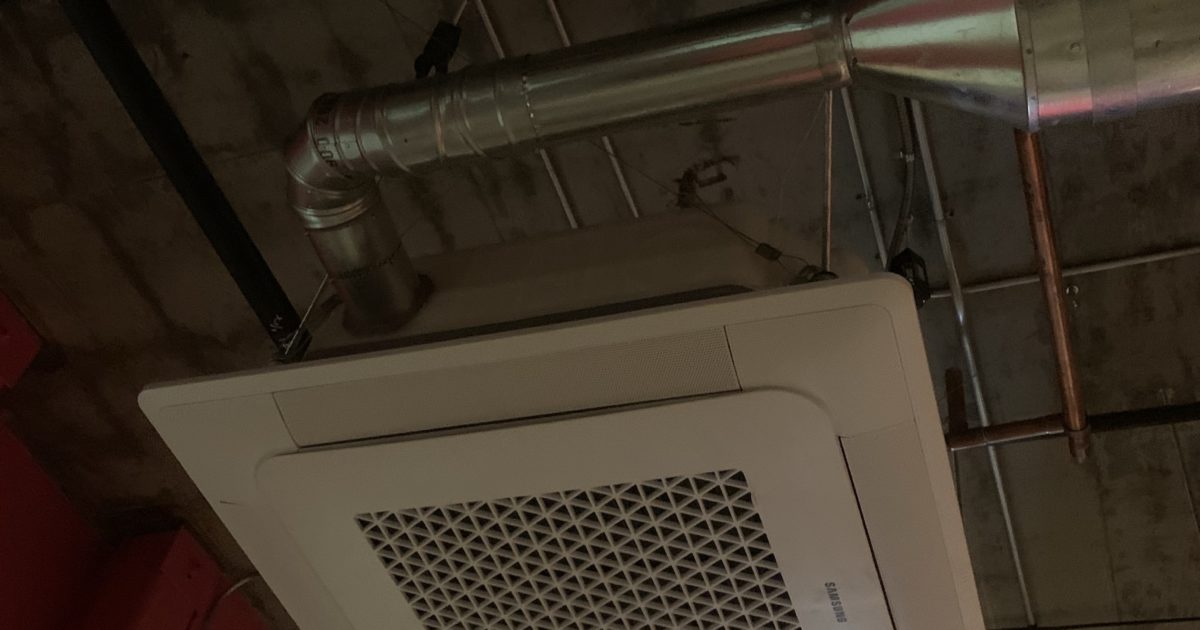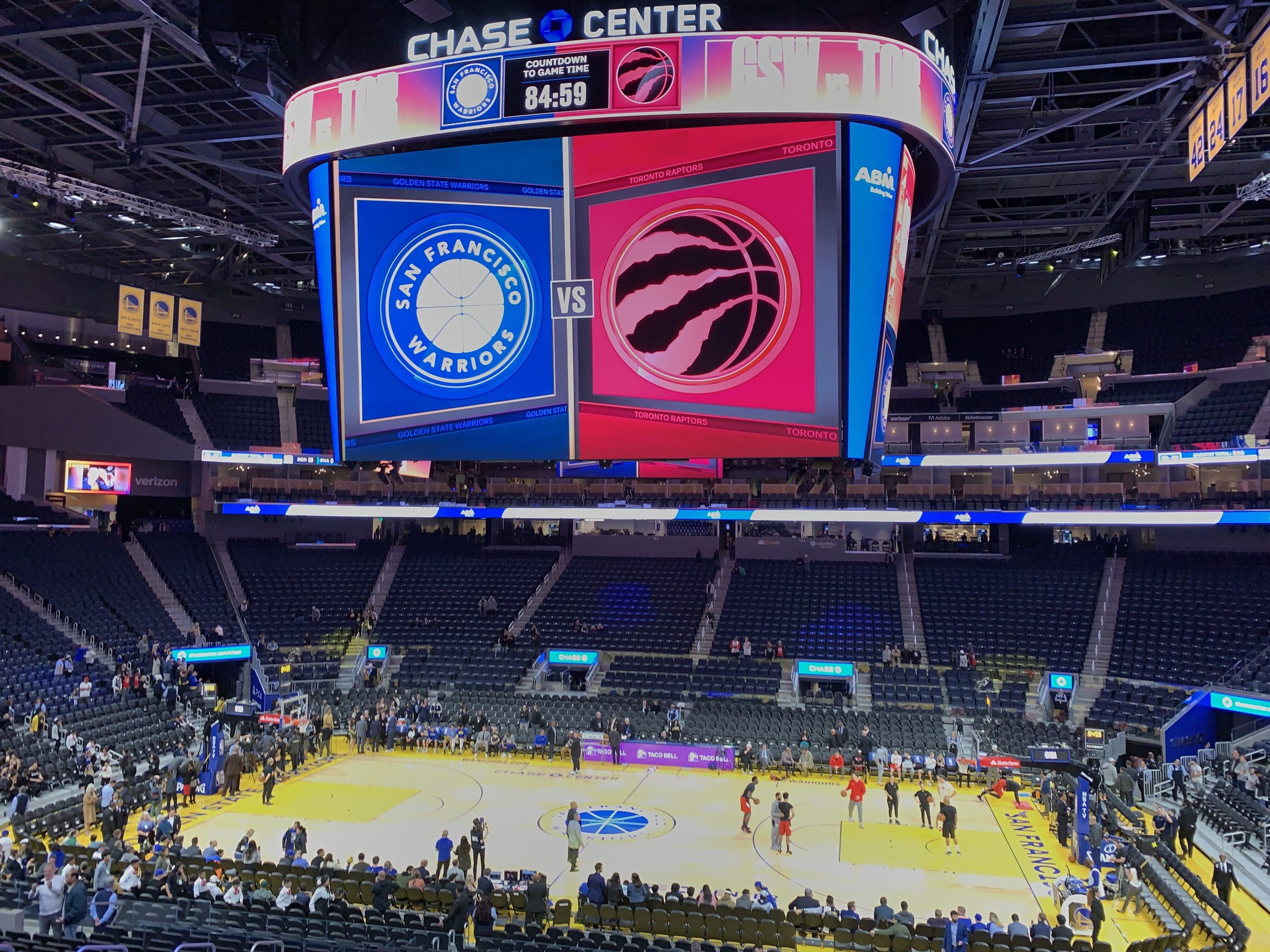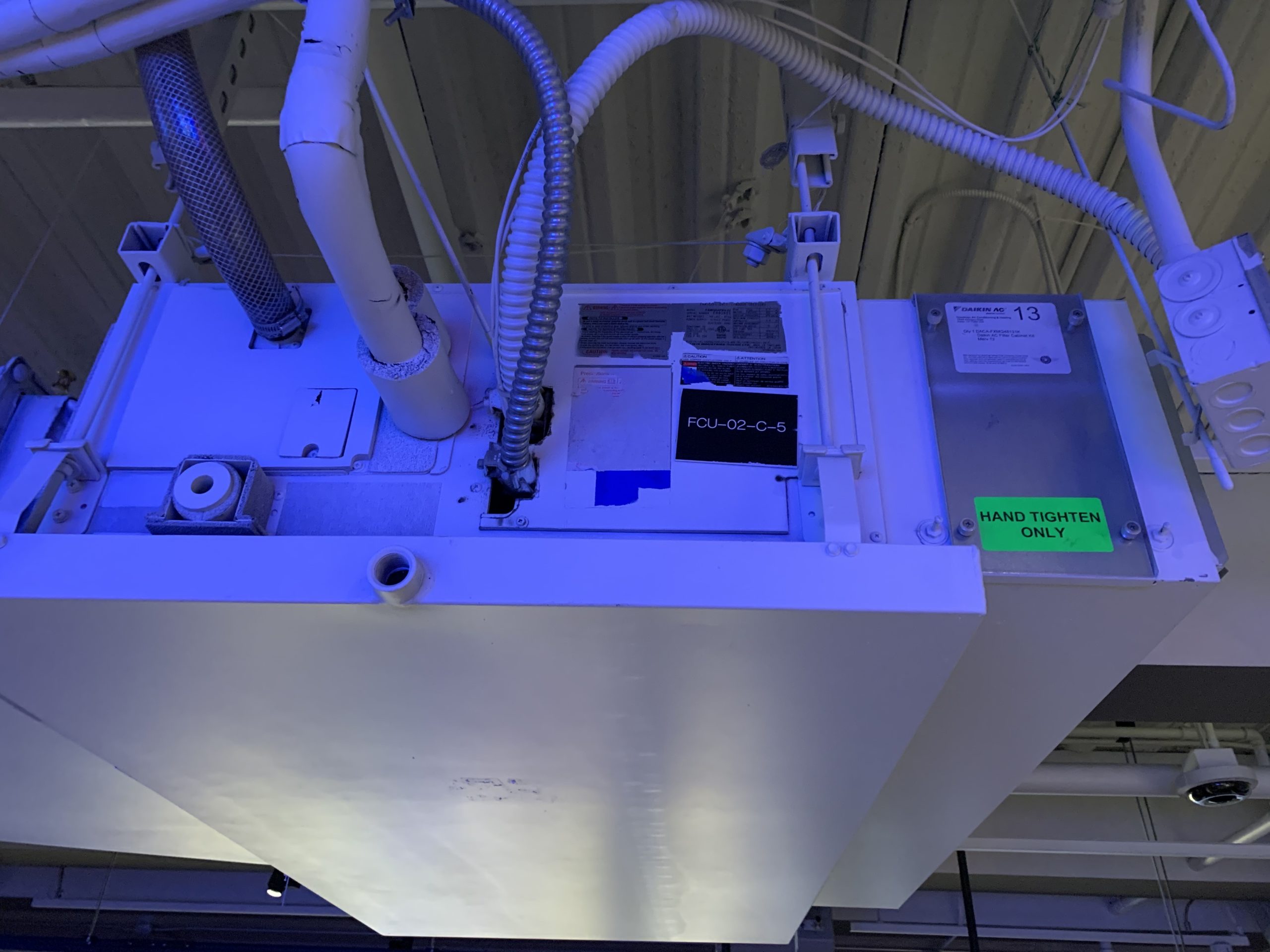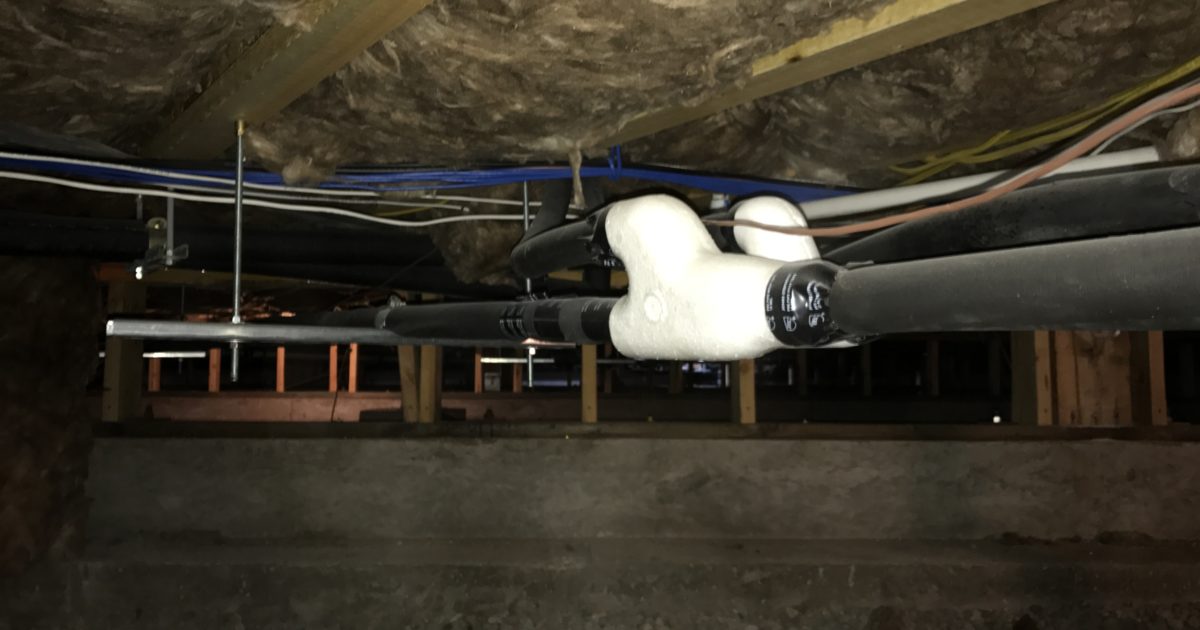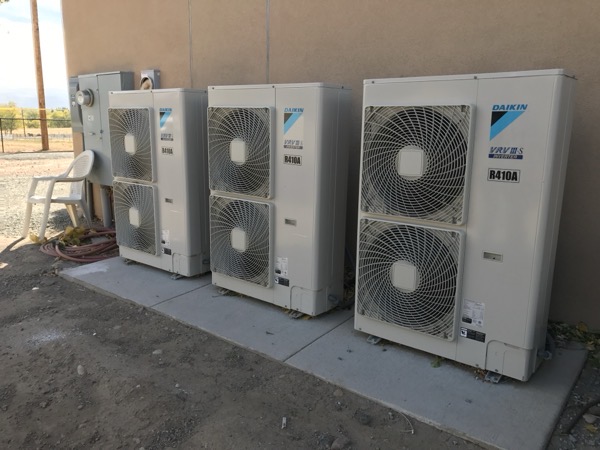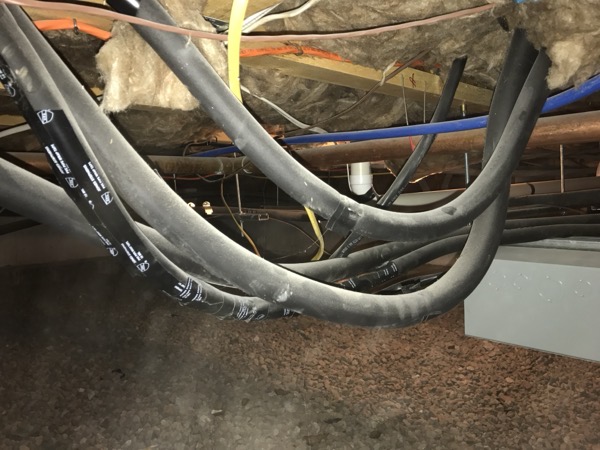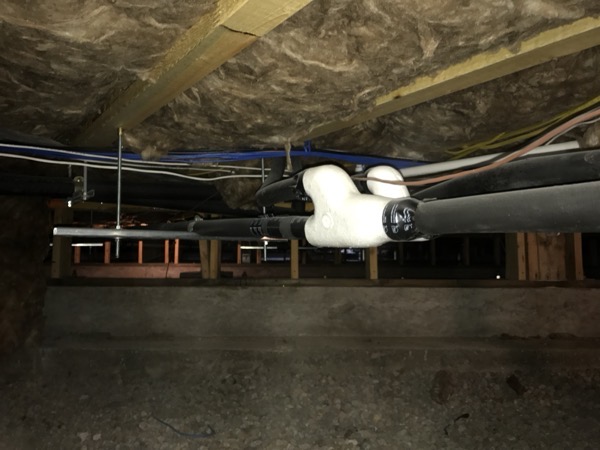Variable Refrigerant Flow is THE best technology for mechanical cooling. Here are 3 reasons why:
Efficient
VRF is extremely efficient compared to older technologies such as rooftop packaged units and chilled water systems. How is this possible? VRF systems use variable speed compressors at the outdoor unit and fans with EC motors at the indoor fan coils. By using these, the compressor will only use the appropriate amount of energy to send the refrigerant to only the zones that need it and the fans will only move as much air as it needs to to hit set point.
Real world analogy: when driving, you wouldn’t floor the gas to reach driving speed, let go, floor it, let go, etc. to maintain 65 mph. It’s EXTREMELY inefficient. You would depress the pedal slowly and smoothly to reach 65 mph and hold it to maintain it. This is how variable speed compressors work.
Scalable
VRF technology is scalable, meaning you use it from small applications from an elevator room to large applications such as hotels and college campuses. We can do this because the equipment is modular. Using various size ODUs and combining them to form larger systems, and then grouping these systems and controlling them via a central controller allows us to tackle any size project.
We also have different styles of indoor fan coils, from wall mounted, ceiling cassette, ducted, and using PMV kits, we can use any 3rd party AHU, which means we have a solution that we can use in any space.
Cost Effective
Using VRF can be cost effective over the life of the equipment. Since the systems are very efficient, they use less electricity to operate saving the building owner thousands over the life of the equipment.
It also uses a small footprint compared to other systems. Refrigerant piping takes up a fraction of the space of the equivalent ductwork of a RTU system or CHW/HW piping of a chiller/boiler/cooling tower system. You are able to place the outdoor heat pumps on the roof and eliminate mechanical equipment rooms, or even entire floors dedicated to mechanical equipment and open it up to leasable space. More leasable space to rent out to tenants and generate more money for the building owner.
If you’d like to see if VRF systems are right for your application, please reach out to schedule a lunch and learn.
